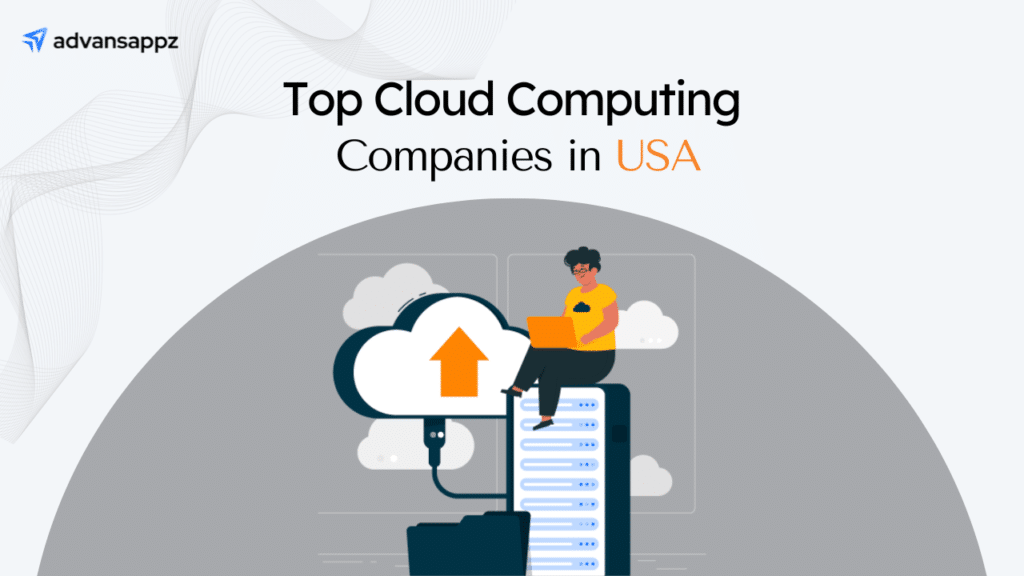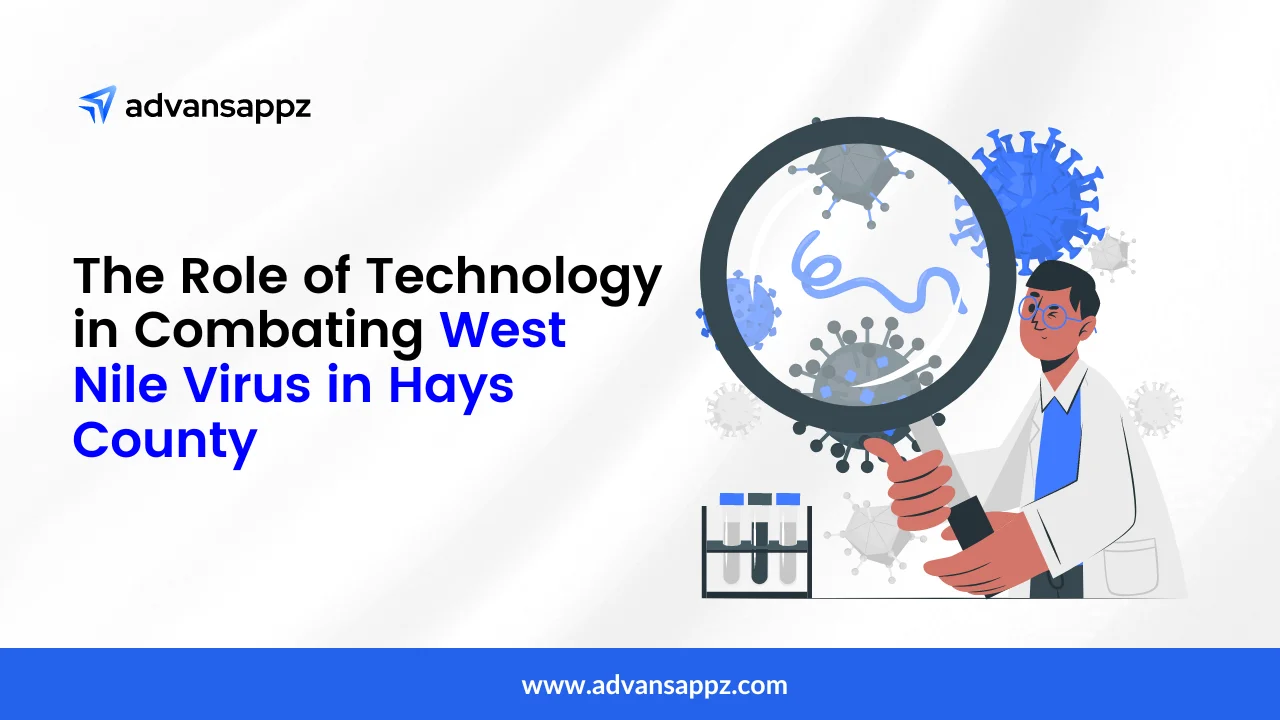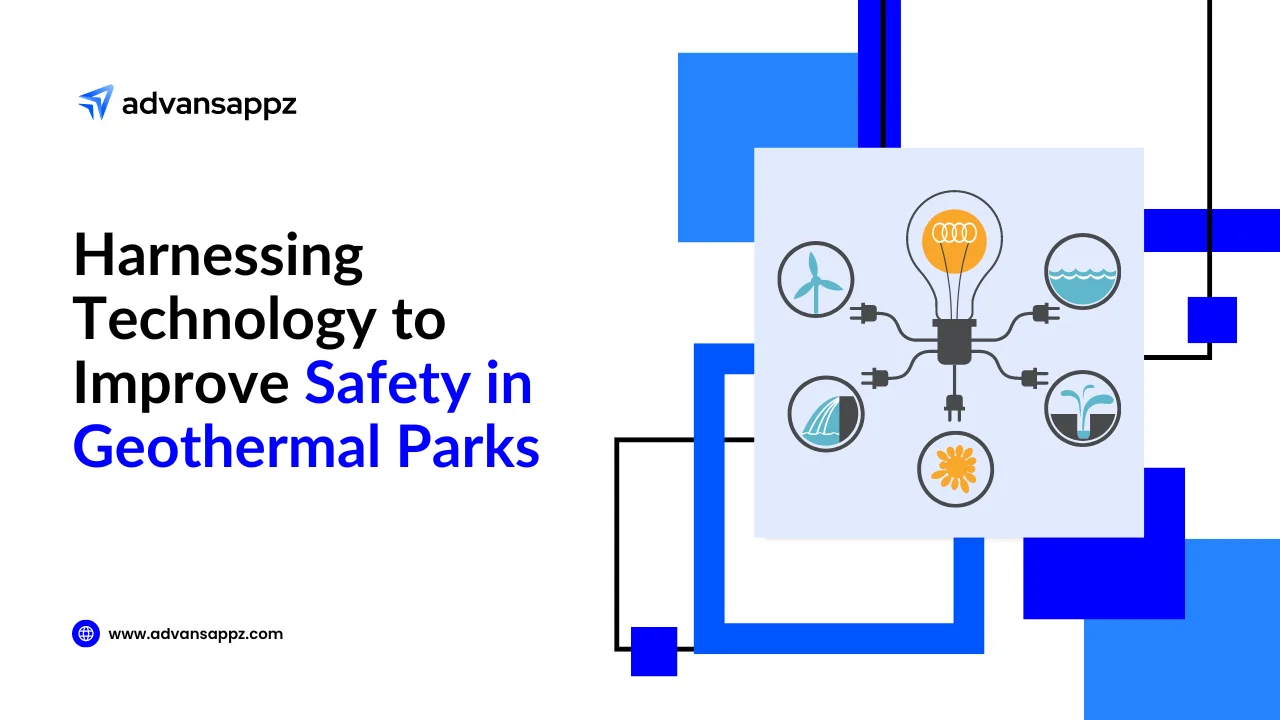Enterprise Resource Planning (ERP) is a software system that manages a company’s core business processes. ERP implementation can be significant for any organization, potentially disrupting operations if not executed correctly. Therefore, following ERP implementation best practices are essential to ensure a smooth transition. In this blog, we will discuss some tips and best practices to help organizations implement ERP systems successfully. We will cover everything from planning and preparation to training and ongoing support. By following these best practices, organizations can ensure that their ERP implementation is booming, and they can realize the full benefits of their new system.
ERP market size: According to Grand View Research, the global ERP software market size was valued at USD 37.7 billion in 2020 and is expected to reach USD 78.4 billion by 2028, growing at a CAGR of 9.8% from 2021 to 2028.
Here are the typical steps involved in ERP implementation:
-
Planning and Analysis:
In this initial stage, the organization identifies its business needs and objectives, establishes a project team, and defines the scope of the implementation project.
-
Selection of ERP System:
Based on the business needs, the organization evaluates and selects the appropriate ERP system that aligns with their requirements.
-
Design and Configuration:
This stage involves mapping the business processes to the ERP system and configuring the system to meet the organization’s specific needs.
-
Data Migration:
In this stage, data from the legacy systems is extracted, cleaned, transformed, and loaded into the ERP system.
-
Testing:
Before the ERP system goes live, extensive testing is performed to ensure that it meets the organization’s requirements and there are no critical issues.
-
Training:
The organization’s employees are trained to use the ERP system and the changes in the business processes that come with it.
-
Go-Live:
After complete testing and training, the ERP system is launched and becomes the primary system for managing the organization’s operations.
-
Support and Maintenance:
Once the ERP system is in place, it requires ongoing support and maintenance to ensure that it continues to meet the organization’s changing needs.
ERP implementation risks
Implementing an ERP system can be a complex and challenging process, fraught with a range of risks that can impact the success of the implementation. Below are some of the critical risks associated with ERP implementation:
- Data Migration Risks: One of the most significant risks of ERP implementation is the migration of data from legacy systems to the new system. There is a high chance of data loss, duplication, or errors during the migration process. These errors can lead to incorrect reporting and decision-making, severely impacting business operations.
- Integration Risks: Integrating the ERP system with existing systems, applications, and data sources is challenging. Integration risks can arise when the new system is incompatible with existing systems, leading to data silos and operational inefficiencies.
- Project Management Risks: ERP implementation requires a high degree of project management and coordination. If the project is not managed correctly, it can result in delays, cost overruns, and scope creep. Project management can also lead to a lack of stakeholder buy-in and sufficient training and support.
- Organizational Risks: Implementing an ERP system requires significant organizational operations changes. It can lead to resistance from employees, who may be accustomed to working in a certain way. Resistance to change can slow down the implementation process, reduce the system’s effectiveness, and impact the overall success of the implementation.
- Technical Risks: ERP implementation requires a high level of technical expertise, and technical risks can arise if the system needs to be correctly configured or the infrastructure needs to be robust enough to support the new system. Technical risks can lead to system downtime, data loss, and other technical issues impacting business operations.
- Vendor Risks: Selecting the right ERP vendor can result in better quality software, lack of support, and higher implementation costs. Choosing a reputable vendor with a proven track record of success is essential to mitigating this risk.
- Security Risks: ERP systems contain sensitive business data, and security risks can arise if the system needs to be adequately secured. Cyberattacks, data breaches, and other security incidents can compromise the system’s integrity and impact business operations.
- Data migration: Data migration is a crucial aspect of ERP implementation. However, it can also be a significant risk. According to Gartner, up to 75% of all data migration projects fail to meet expectations.
- Failure rate: According to various studies, the failure rate of ERP implementations can range from 30% to 60%.
- User adoption: One of the most significant risks in ERP implementation is user adoption. About 75% of ERP projects face low user adoption rates, which can lead to underutilization of the system.
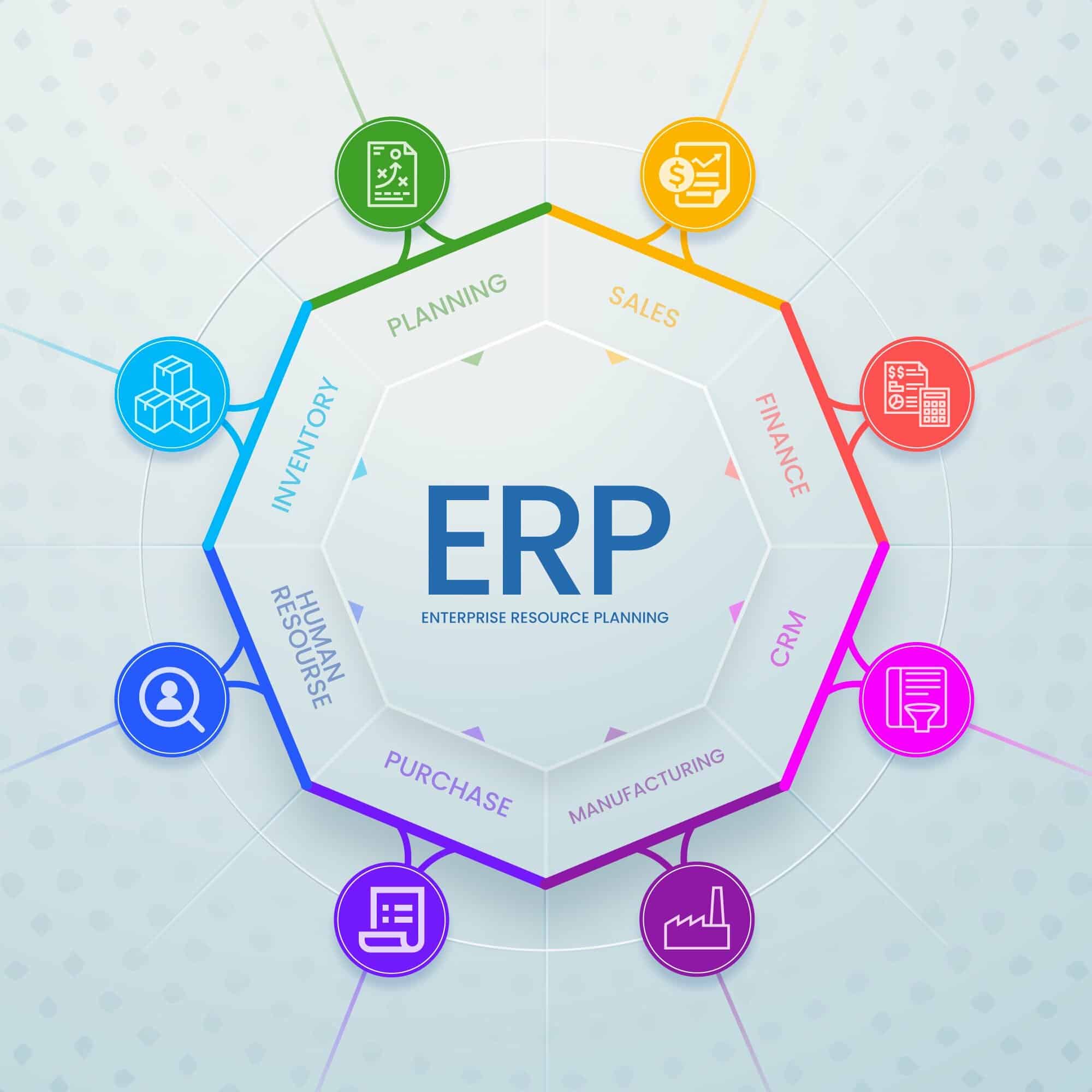
Tips for mitigating ERP implementation risks
ERP implementation can be a complex process that involves multiple stages and stakeholders. Despite careful planning and preparation, some inherent risks are associated with implementing an ERP system. Here are some tips to help mitigate these risks:
- Clear Communication: Communication is critical when implementing an ERP system. It is essential to communicate clearly with all stakeholders, including the management team, employees, and vendors. Ensure everyone knows the project’s goals, timelines, and potential challenges.
- Define Scope: Clearly define the scope of the project from the beginning. Identify the processes and departments included in the implementation and determine their requirements.
- Identify Risks: Identify potential risks associated with the project, such as data loss, system downtime, or integration issues, and develop a mitigation plan for each.
- Engage the right people: Engage the right people from the beginning, including those with relevant ERP implementation experience. Ensure the team has the right skills and resources to support the project.
- Test the system: Test the system thoroughly to ensure it works as intended. Include end-users in the testing process to identify any issues early on.
- Develop a Training Plan: Develop a comprehensive training plan that includes all end-users, stakeholders, and departments affected by the ERP system. Training should be tailored to each user group’s specific needs and ongoing.
- Manage Change: Implementing an ERP system can significantly change business processes and workflows. Develop a change management plan to help employees adapt to these changes and ensure they are comfortable with the new system.
- Monitor Progress: Monitor the implementation progress regularly and make necessary adjustments. Set up regular checkpoints to evaluate progress and ensure the project stays on track.
- Plan for Data Migration: Data migration is a critical component of ERP implementation. Develop a detailed plan for migrating data from legacy systems to the new ERP system, including mapping, cleansing, and validation.
- Plan for Contingencies: Even with the best planning and preparation, there can be unexpected issues during ERP implementation. Develop a contingency plan to address any unforeseen circumstances during the project.
Also check: Cloud Technology in ERP: A Beginner’s Guide
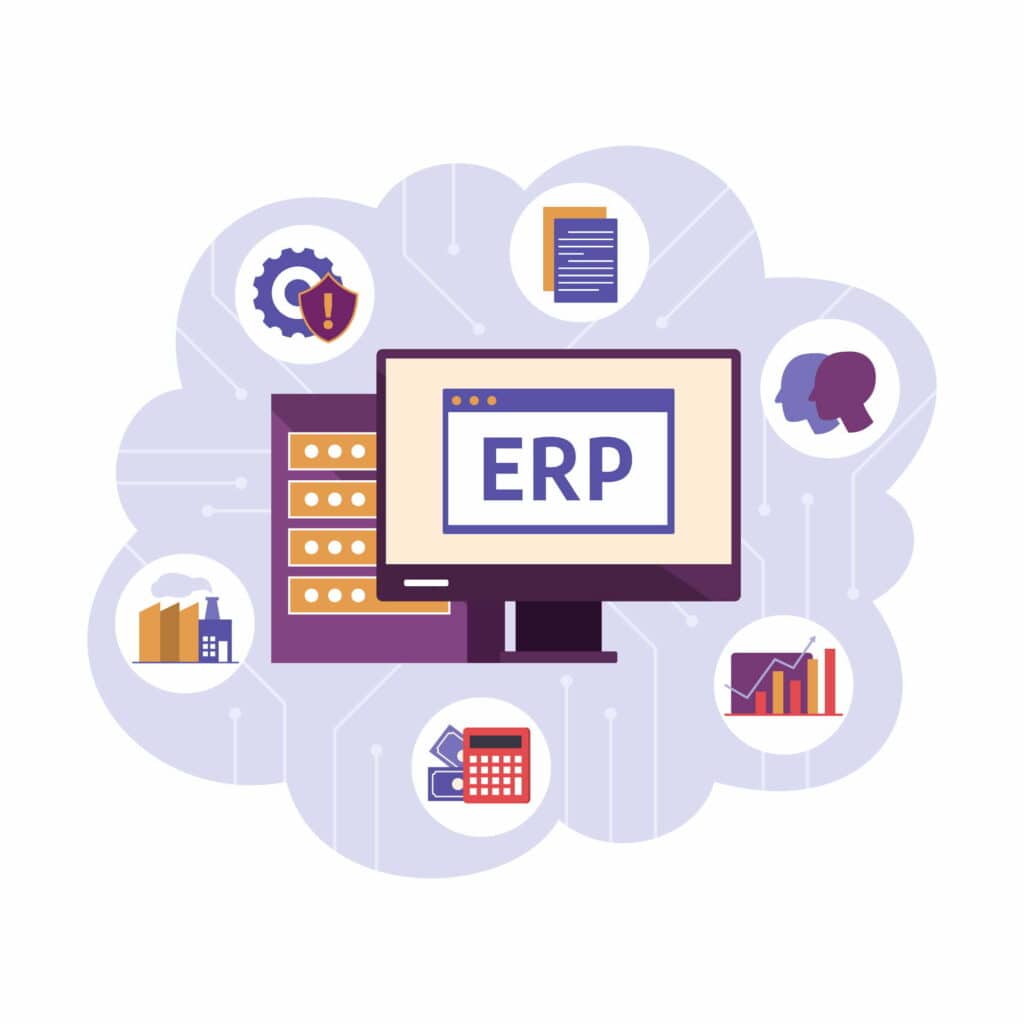
Conclusion
Implementing an ERP system can bring numerous benefits to an organization, such as increased efficiency, productivity, and profitability. However, various risks associated with ERP implementation can result in significant financial losses and damage an organization’s reputation. Understanding these risks and taking proactive measures to mitigate them is crucial. By following the best practices discussed in this blog, organizations can minimize ERP implementation risks and ensure a smooth transition to their new system.
Effective communication, collaboration, and proper planning are essential to overcome challenges and achieving a successful ERP implementation. Therefore, working with experienced consultants, vendors, and stakeholders is crucial to ensure a successful ERP implementation.
Frequently Asked Questions
ERP implementation refers to the process of adopting and integrating an Enterprise Resource Planning (ERP) software system into an organization’s operations. It involves the installation, configuration, and customization of the ERP software to suit the specific needs of the business. The goal of ERP implementation is to streamline and optimize various business processes, such as finance, human resources, inventory management, and more, by centralizing data and improving efficiency and productivity. However, ERP implementation can be a complex and time-consuming endeavor, requiring careful planning, training, and collaboration with employees and stakeholders to ensure successful adoption and seamless operation.
To implement an ERP (Enterprise Resource Planning) system, follow these steps:
-
Assessment and Planning: Identify your organization’s needs, goals, and challenges. Evaluate ERP software options that align with your requirements.
-
Vendor Selection: Research and choose a reputable ERP vendor that offers a solution tailored to your industry and business size.
-
Team Formation: Assemble a dedicated team with representatives from different departments to lead the ERP implementation.
-
Data Preparation: Cleanse and organize your data to ensure accuracy and completeness before migration.
-
Customization and Configuration: Customize the ERP system to match your business processes and configure it to your specific needs.
-
Data Migration: Transfer your existing data to the new ERP system carefully, verifying its integrity during the process.
-
Training: Provide comprehensive training to employees to ensure they can effectively use the ERP system.
-
Testing: Conduct thorough testing to identify and resolve any issues before going live.
-
Pilot Phase: Launch the ERP system on a smaller scale in a controlled environment to test its functionality in real-world scenarios.
-
Deployment: Roll out the ERP system across the organization in stages or all at once, depending on your strategy.
When implementing an ERP (Enterprise Resource Planning) system, the costs incurred to acquire and install the software, customize it to fit the organization’s needs, conduct training, and perform necessary data migration should be capitalized. This means that these costs are recorded as assets on the company’s balance sheet, rather than being expensed immediately. Capitalizing ERP implementation costs allows the company to recognize and spread the expenses over time, reflecting the long-term benefits and value of the ERP system to the organization.
The duration of ERP (Enterprise Resource Planning) implementation varies depending on the size of the organization, complexity of the ERP system, customization requirements, and the readiness of the company. Generally, ERP implementation can take anywhere from six months to two years.
The cost of ERP (Enterprise Resource Planning) implementation can vary significantly depending on factors such as the size of the organization, the complexity of the ERP system, the number of users, customization requirements, and the vendor chosen. On average, ERP implementation costs can range from tens of thousands to several million dollars. It’s crucial to conduct a thorough analysis and get customized quotes from ERP vendors to determine the exact cost for a specific organization.
The cost of implementing an ERP (Enterprise Resource Planning) system varies significantly depending on factors such as the size of the organization, the complexity of the system, the number of users, customization requirements, and the chosen ERP vendor. Generally, the cost can range from tens of thousands to millions of dollars. It’s essential to request quotes and conduct a thorough analysis of your specific needs before determining the exact cost of an ERP implementation.



